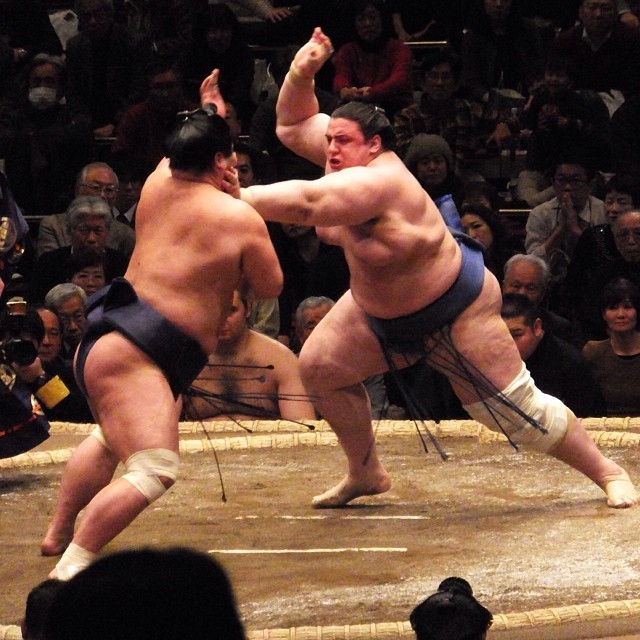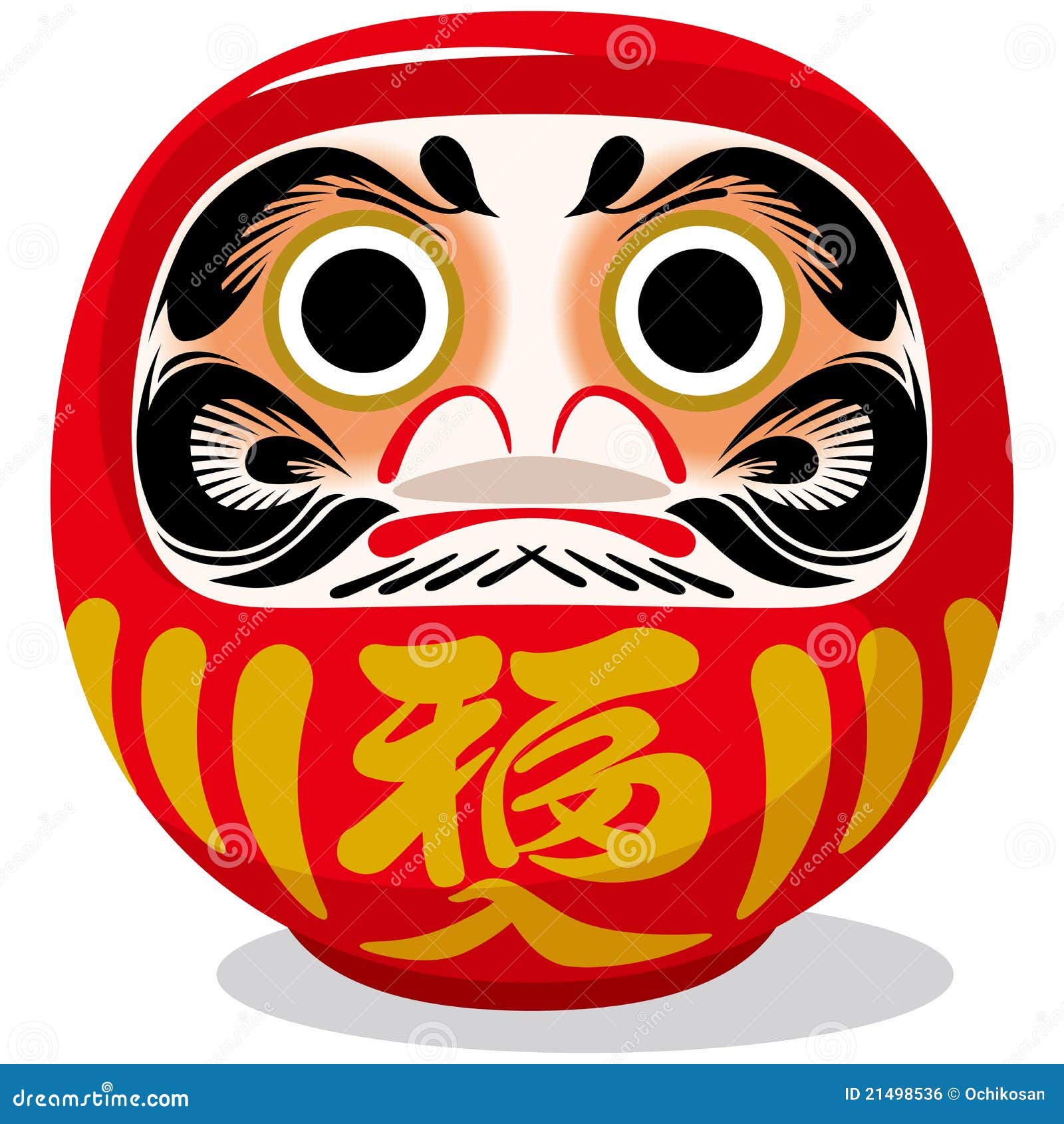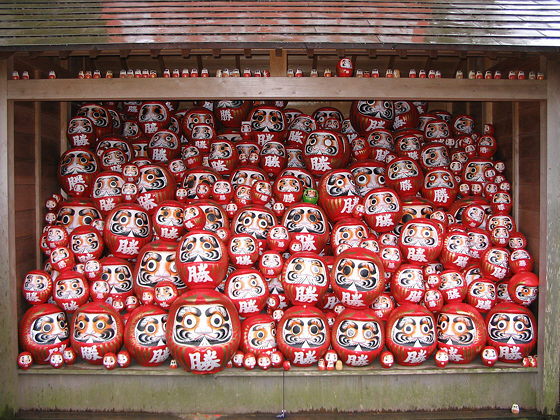 |
Summer is hanabi time. Hanabi means “to see fireworks.” The
Japanese have a special way of seeing fireworks. It’s not just looking at fireworks
display. For some reason, the Japanese have made fireworks watching a cultural
thing.
To go hanabi in Japan,
Wear a yukata with an intricate hairstyle
One way to know if
a festival is being held is when lots of people are wearing yukata and they’re
headed to the same direction. A yukata is the summer equivalent of kimono but
lighter and more airy. Japanese people, esp. women, love to wear them during
hanabi topped with French-sounding hairstyles. They look so fashionable you’d
think they’ll have a sideshow with the fireworks. I suggest wearing a yukata to
make your hanabi authentically Japanese. Make sure to do your hair too!
Go to the festival venue early and reserve a place
Go to the festival venue early and reserve a place
Fireworks
festivals usually start at 7 pm or as soon as the summer sun sets. But, the
Japanese would insist that you have to be there early. There might be no place to sit. There could be a heavy traffic and you
might miss the festival. There might be no parking space. Etc. etc. etc. I’ve
never seen a more patient people than the Japanese. Expect a crowd in a festival venue as early
as 1 pm you’d think Apple is launching a new iPhone.
Bring food and don’t forget some alcohol
Bring food and don’t forget some alcohol
A festival is
never complete without food in Japan. Food makes everything feel festive. If
you don’t have food, you just don’t get it. Food makes hanabi a social event.
Japanese use fireworks festivals to be with friends and family. Imagine a
social event without food. It doesn’t feel very social at all. The alcohol is
optional but it’s so common I think festival goers have a silent agreement to
get drunk on hanabi.
Say, “Sugoi!” or “Kirei” whenever fireworks explode
Say, “Sugoi!” or “Kirei” whenever fireworks explode
Sugoi (su-goy)
means great while kirei (ki-rey) means beautiful. The Japanese usually use
these two words in the same way that we use “Wow!” or “Amazing!” The difference
is the Japanese are easy to please as a people. What may be sugoi to them may
not be great to foreigners. So even if they’ve probably seen the same fireworks
explosion for several years, you can still hear the audience saying “Sugoi’ and
“Kirei” with breathless enthusiasm.
Wait until the last fireworks exploded before going home
Wait until the last fireworks exploded before going home
The actual fireworks
display lasts for about 2 hours. I mean it. Hanabi is non-stop firework
explosion for 2 hours. A friend invented
the term ‘firework fatigue,” because you’ll eventually get tired of the
fireworks even if they’re beautiful. After a few minutes, you’ll just want for the
fireworks to end so you can go home. But then again, the Japanese are very
patient people. They’ll stay until the very end.
HOWEVER...
Now, I wish I could say I did all
those things when I went to a fireworks festival in Kanzanji. I didn’t though.
First, I don’t have a yukata and I don’t have the money to have my hair
done.
Second, I have things to do before
the festival. I can’t spare time waiting and waiting.
Third, I’m trying to save money so
I ate dinner before going to the venue. And I don’t drink. I brought some
popcorn and a bottle of water, though.
Fourth, hmmm… okay I think I said
that a couple of times just because I got used to saying them.
Lastly, my friend and I went home
after 30 minutes of firework explosion. We don’t want to be caught in traffic
just like what happened to us last year in Bentenjima. Last year, we feel very
“Japanes-y” so we waited for the fireworks to finish. This was a bad choice. We
were trapped in the midst of a big crowd wanting to go home too. What could
have been a 30-minute travel time ended up in 2 hours. We’re glad that we went
home earlier than the rest of the crowd this year. Saved us lots of time!
Even if I didn’t go to the festival
the Japanese way, I still enjoyed it. I’m with good company who didn’t complain
about the long ride, the crowd or the popcorn. I was able to do my laundry and
clean my apartment before the festival. I didn’t have to push my way through
the crowd when I went home. I didn’t have fireworks fatigue. I’m happy to have
gone to the festival my way.
Fireworks are beautiful in however
way you want to see them. You can go all out and have the full Japanese
experience of hanabi or you can just go your way. It really doesn’t matter as
long as you’re enjoying yourself.
What's the last fireworks festival you've seen?
Check out Famous Fireworks in Japan here






























